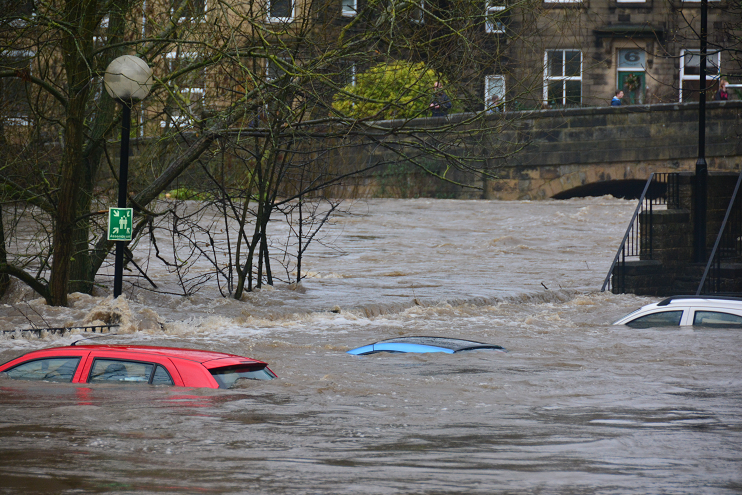With unprecedented and damaging floods currently ravaging a large part of the eastern seaboard, here are some tips to ensure your protection after the flood water recedes and the damage remains.
- First and foremost, check your insurance PDS. Consider how your different insurance policies may cover flood damage and how this affects your situation. It is also important to understand how your insurance policy defines flood, storm or rainwater damage.
- Photograph everything – this will make the process much easier and faster come claim time. Consider also making a list of personal belongings that may have been misplaced or washed away in the flood water. Having clear record of the damage sustained to your home and contents will ensure accuracy come claim time.
- Have an assessor inspect the damage to your house, contents or car prior to any clean up or removal if this can be done safely, or as reasonably practicable after the cleanup. This will also assist with your claim and ensure the process runs smoothly.
- Once photos are taken and the full extent of the damage is evidenced, it’s time to start the cleanup and removal process. Any household items that are damaged beyond repair will need to be removed from your home. Damp conditions are breeding grounds for mould, and this can be very bad for your health. Personal effects that are salvageable will need to be cleaned with a bleach disinfectant solution to prevent mould and fungus from growing. Make sure to wash your walls and floors with the same solution and do so multiple times to eliminate bacteria and any bad odour.
- It is also important to consider your personal safety when undertaking the cleanup. Floodwater can contain hazardous and harmful bacteria and debris, and the mud that it leaves is no different. Floodwater can also be mixed with sewerage. Ensure you are wearing full PPE at all times, including gumboots, protective clothing, thick gloves, a hat, goggles and a mask. Staph infections are also a common as a result of the cleanup process, as bacteria can quickly make its way into any open cuts or abrasions. It is important if you injure yourself to clean and dry the area immediately and keep it protected. When hosing away mud, ensure you wear a mask to not breathe in any airborne particles.
If you require legal assistance or advice in the aftermath of the floods, please contact SLF Lawyers on (07) 3839 8011.



